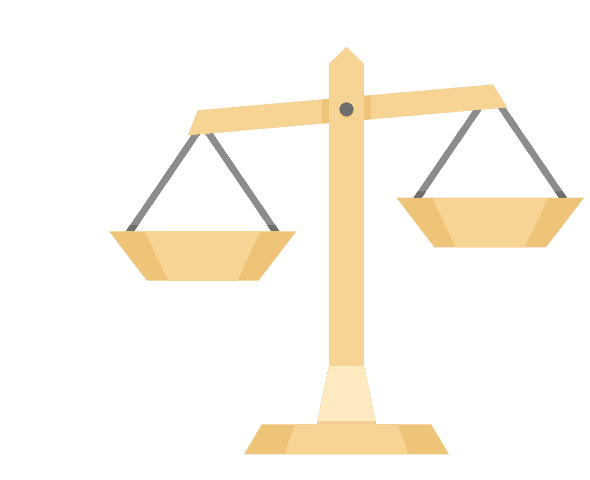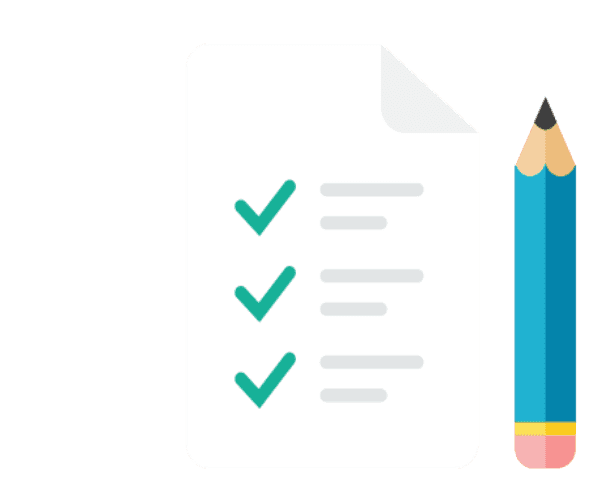Refinancing a mortgage happens when a homeowner breaks their mortgage before the end of their term (i.e., 3-year or 5-year term). Homeowners typically refinance their homes to either borrow more money or to increase their amortization and lower their monthly mortgage payments. People may also refinance to lock in a better mortgage at a lower interest rate. If borrowing more than your current mortgage amount is your objective, refinancing allows you to borrow up to 80% of your home’s value. In any case, if you choose to refinance and break your mortgage early, you may be required to pay a penalty.
Why would someone consider refinancing?
1. Lower mortgage payments: Many homeowners look to refinance to reduce their monthly mortgage payments by changing the terms and increasing the length of their amortization. This will decrease monthly payments, but increase the amount of interest paid over the lifetime of the mortgage.
2. Lock in a better mortgage: If interest rates dropped since you first bought your home, many people will look to refinance to lock in a better mortgage. Although you have to pay a penalty to break your mortgage, the long-term savings gained from a lower interest rate can often outweigh these fees.
3. Financial support: Some people will refinance to borrow more money than their current mortgage to have extra money in the bank. This can unlock extra funds during times of financial need at a much lower interest rate than a typical loan or credit card.
5 steps you can take to refinance your home
If you’re considering refinancing your home but aren’t entirely sure where to start, here is a simple step-by-step guide that outlines how you can move forward.
1. Figure out if refinancing is your best option
Before you decide to refinance, take the time to understand if this is the best option for you. Find out what the penalty is if you had to break your mortgage. Yes, the penalty might seem high but you could cover it with the money you borrow when you refinance. One thing to keep in mind is that while this may lower your monthly mortgage payments, you will be paying more money in interest payments over the long term.
2. Check your credit score
If it makes sense for you to refinance, you'll need to qualify for approval just like you did with your original mortgage. With that said, your credit score will be a major factor in the lender’s decision to approve your refinancing application. Having strong credit will increase your chances for approval as it shows lenders that you’ll be able to manage your monthly mortgage payments.
3. Determine how much equity you have in your home
To calculate the equity in your home, get the current market value of your home and subtract your mortgage balance and the difference is your home equity. If you want to refinance, the amount of money you can borrow will be based on how much equity you have in your home. Your home equity increases in two situations;every time you make a payment toward your mortgage balance and when the value of your home increases.
4. Get all your documents in order
To speed the process of refinancing along, the best way you can prepare is to organize all required documentation ahead of time. Some of the documents you will need include:
a copy of your T4 slip
recent pay stubs
your mortgage statement
property tax bill
RRSP and savings account statements, or any other statement of assets
5. Shop lenders to lock in the best mortgage and apply
Shopping for different lenders is important because some lenders might lend you more than others, and they may also have better features and rates. This will help you figure out the maximum amount of money you can borrow. Once you find the best mortgage option, lock it in and complete your mortgage refinancing application.
At Homewise, we work with over 30 banks, lenders and credit unions to find you the best mortgage. If you’re looking to refinance your mortgage, apply online with us in five minutes here and one of our Mortgage Advisors will get in touch to guide you through this process.








